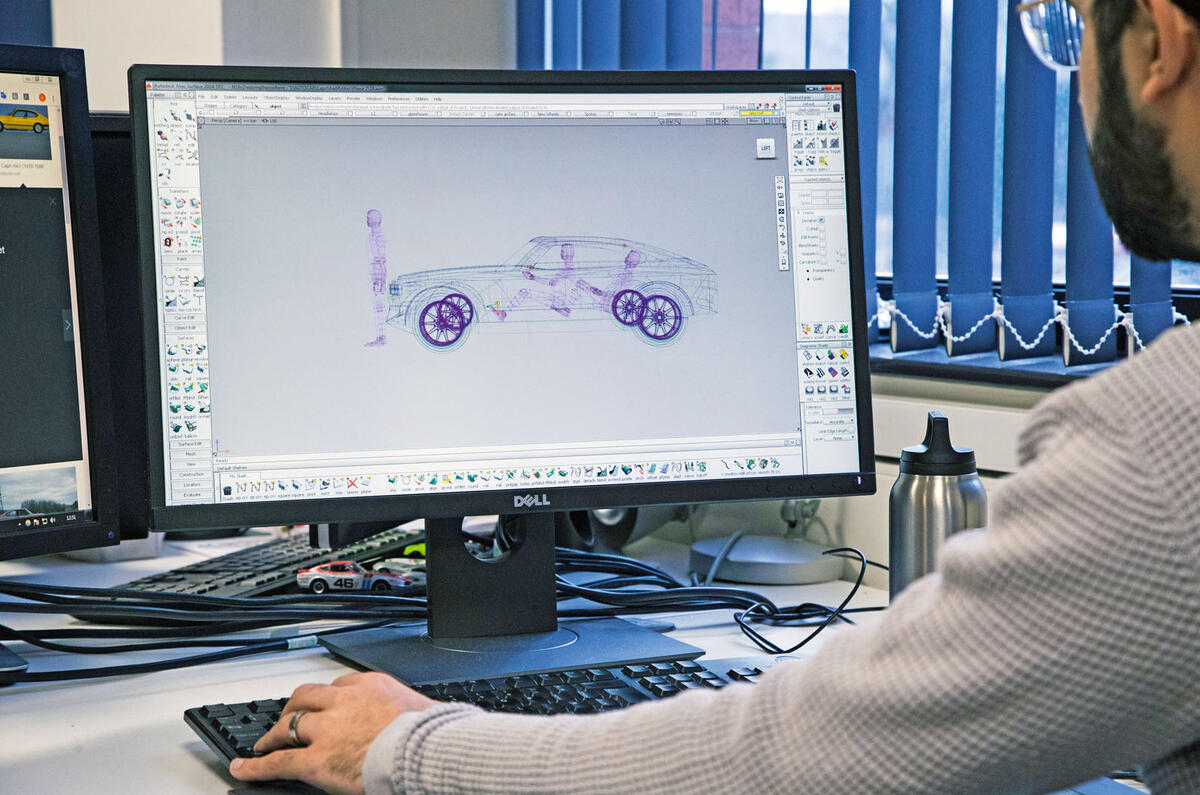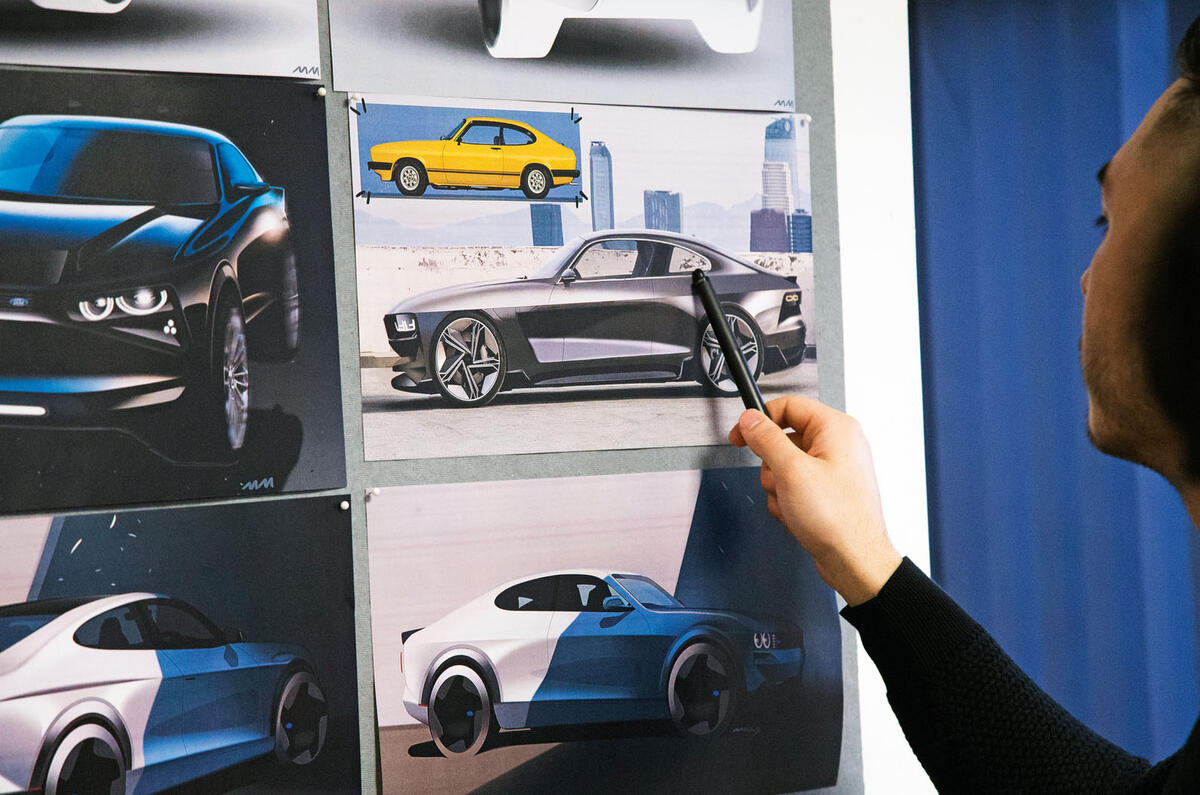Even now, 34 years on, you don’t have to search far to find pockets of hardcore Ford lovers still outraged that a bunch of disconnected bosses in Dearborn killed the Capri. The name, the image, the affordable style – plus 1.9 million sales – should have kept a great car alive, they will argue to the grave.
Sadly, this enduring love for ‘the car you always promised yourself’, along with its steadily rising classic prices, obscure the fact that by 1986 the Ford Capri had run its race. Front-wheel drive was taking over, Ford dealers were having a great time selling XR3i hot hatches and the Capri’s secret weapon, a close under-skin relationship with Ford’s volume saloons, was disappearing. The decision to kill it was hard-nosed but right.

Here’s the irony. Today, the case for a new Ford Capri could be back on the table. At least according to Autocar and its readers, that is. Last year, in an ‘icons recreated’ feature, we proposed a different kind of Capri and the idea won warm approval. The model could come back as an electric coupé crossover, we argued, especially given the fact that Ford itself had recently argued that an effective way of introducing people to electrification was to apply new technology to iconic models. There's already a Mustang-influenced electric SUV on its way to dealerships, so why not a more compact European creation called Capri CC (for Coupé Crossover)?
Other arguments in favour of the all-electric, semi-sporting soft-roader include the fact that there is already a precedent – Opel-Vauxhall’s impressive GT X Experimental concept launched in 2018. And the idea gained further validity at the 2019 Geneva show when Kia unveiled its stunning Imagine concept.











































Join the debate
Add your comment
Capri
What?!?!?!?
...............That is implausibly ridiculous. If you don't mind me saying, it is a comical goofus of childrens drawings mashed together to bring back the 'Ford Capri'
____________________________________________________________________________________________
***SARCASM ALERT***
I love it, looks absolutely exquisite. Enjoyed looking at the meticulous originality of the front view. I see some similarities in the 2019 Dodge Challenger. It's strange that... I wonder why.
This reborn Capri looks good,
This reborn Capri looks good, with lines that have something of an echo of Nissan's delicious IDx Nismo concept.
But the Capri's planned range is too poor. It needs at least 300 miles, otherwise I'll stick to my Tesla.